BLOOD, SWEAT & TEARS
“Spinning Wheel” was playing the Billboard Pop Singles chart and Detroit Top 40 radio on this date. 50 years ago. June 1969
![]()

*****
‘THE DJ WHO LAUNCHED 1,000 HITS’
The long anticipated Robin Seymour story is now available!
*****
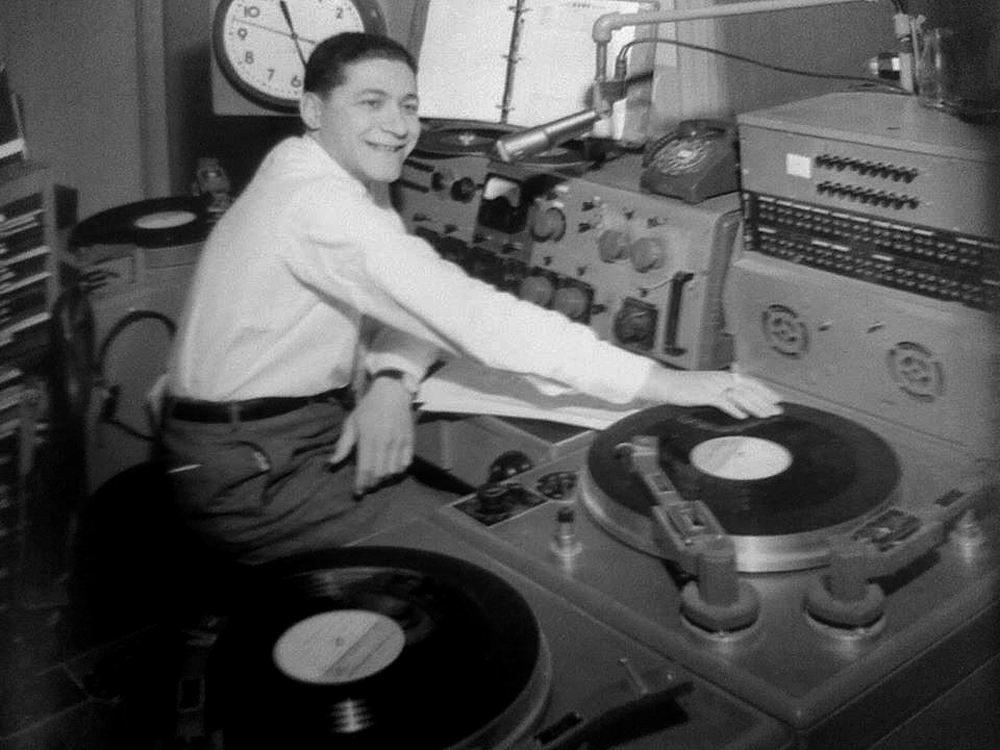
Here is the story of a Detroit radio and television pioneer, the great Robin Seymour. . . from his earliest days on WKMH radio, later in 1963 staying with the “new” WKNR Keener 13, to the host of “Teen Town” and “Swingin’ Time,” on CKLW-TV 9. Both of Seymour’s TV broadcasts became two of the original TV dance shows geared for teens — showcasing music legends of the day — beaming out of Windsor, Ontario into Detroit homes in the 1960s.
If you are a Baby Boomer and want to relive those wonderful days of the ’50’s and ’60’s this story is for you. It is complete with pictures of memorable Motown superstars. It is a most enjoyable read. Writer Carolyn Rosenthal masterfully captures Robin’s fascinating story from his earliest years in the service to his history making radio and television career.
You will find as well great Robin Seymour memories shared by current and former Detroit radio broadcasting luminaries —
Reflections by Pat. St. John (Sirius XM); Art Voulo, Jr. (Radio’s Best Friend’); Scott Morgan (The Rationals); Pat Holiday (CKLW); Jim Harper (ex-Detroit radio morning personality); Lee Alan (Lee Alan Creative); Jerry Goodwin (former WKNR WKNR FM WABX personality); Tom Ryan (former CKLW WOMC personality); Dick Purtan (former WKNR CKLW WOMC Detroit radio morning personality)
Robin is 93 today and resides in Texas.
*****
Get the new Robin Seymour memoirs book today! Available HERE only through Amazon.com
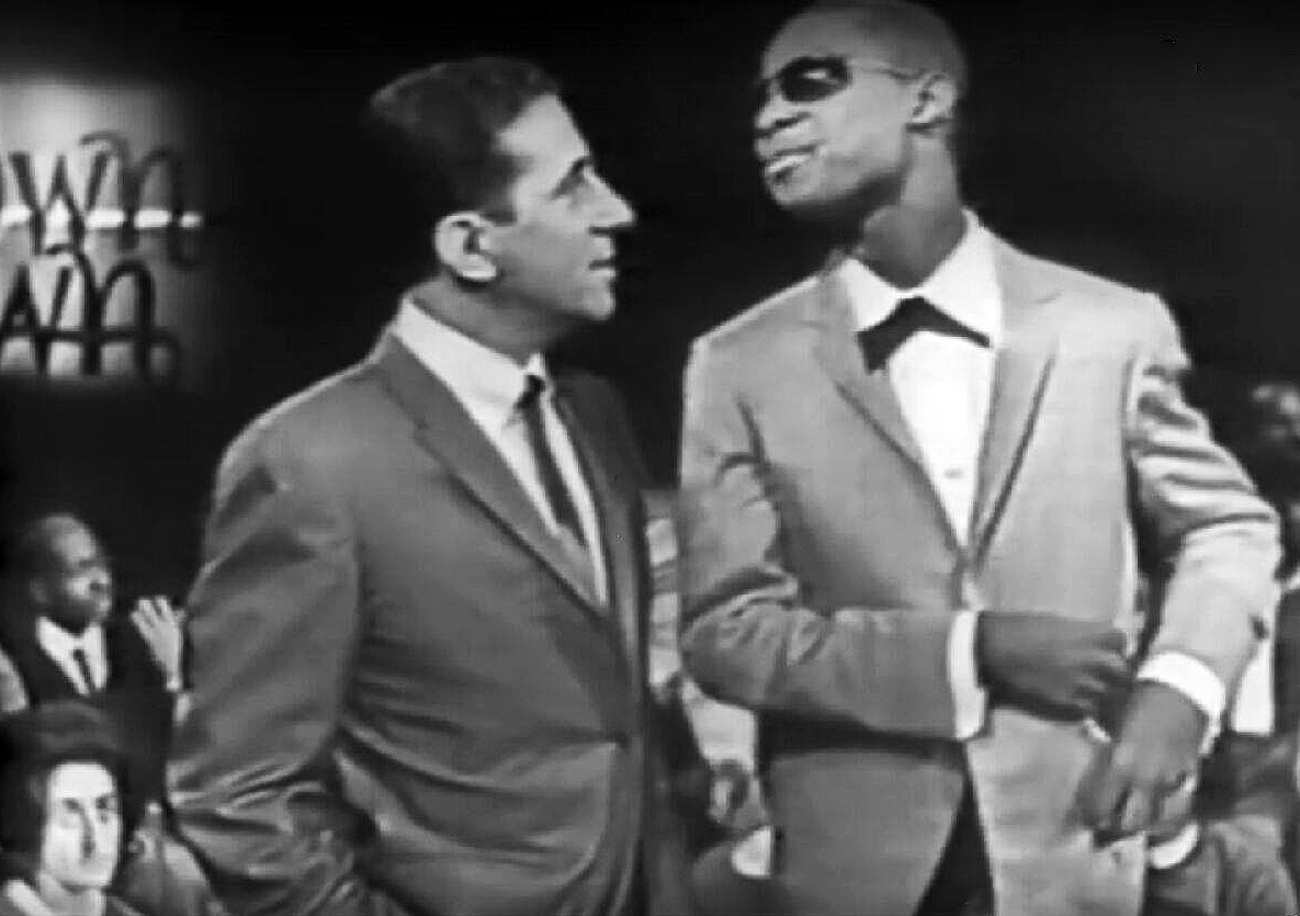

A MCRFB NOTE
Not the least as important as having obtained a copy of this long awaited Robin Seymour memoir I received in the mail in early April, but I must say that I was truly humbled, having seen my Robin Seymour photo collage I put together, there in print, having found its way on the back cover of this Detroit broadcast legend’s book, ‘The DJ Who Launched 1,000 Hits’.
Thanks again for all those great Detroit radio and television memories you shared with us throughout the decades, Robin Seymour. We are truly grateful 🙂 — Jim Feliciano
(Updated; this post was previously featured on this site on April 17, 2019)
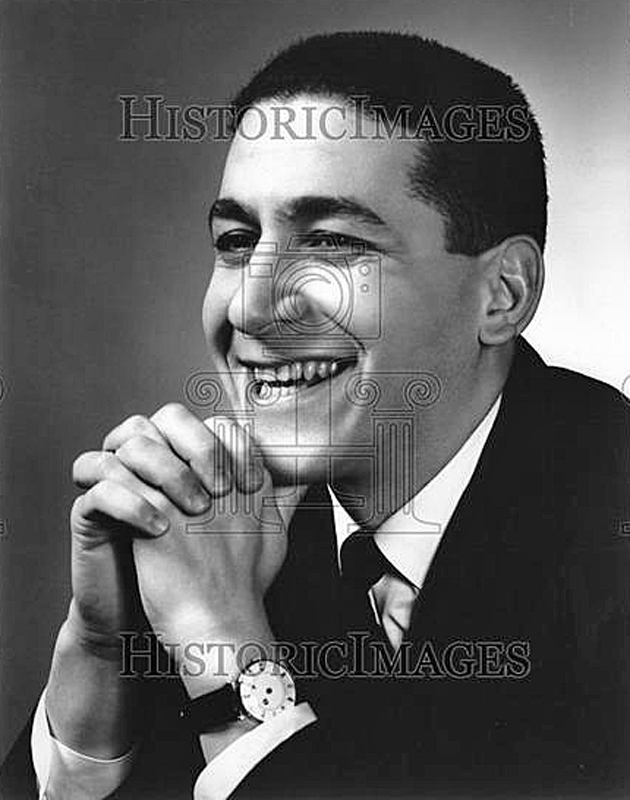


![]()
 From the MCRFB NEWS archive: 1964
From the MCRFB NEWS archive: 1964
The Bill Gavin Newsletter June 13, 1964
Radio Manager 7 Point Essentials Defines Station’s Objectivity, Success and Destiny
From the Desk of Bill Gavin Billboard Contributing Editor
A RADIO STATION is people. Its impact on listeners and advertisers is the product of a number of people, doing a number of things. Engineers, secretaries, salesmen, disk jockeys, accountants, supervisors, switchboard operators and managers all combine to produce profitable programming.
Of all the people who make radio what it is, the one who stamps his personality most indelibly on a radio station is the manager. Not only does he control a station’s destiny, but his personality and character are often reflected by his employees.
 THE MAN WHO achieves managerial status most often does so by demonstrating ability in the business aspects of broadcasting. More often than not the manager lacks experience in programming, or in any of the performing or production phases of show business. While he can direct his salesmen and accountants with the voice of experience, he usually relics heavily on his program director to plan and supervise the actual programming. There are times, however, when only the manager can make critical decisions about program policy. At such times, a lack of program experience can produce decisions that do more harm than good. All too often a manager’s decision to make drastic changes in program policy is made without proper awareness of consequences.
THE MAN WHO achieves managerial status most often does so by demonstrating ability in the business aspects of broadcasting. More often than not the manager lacks experience in programming, or in any of the performing or production phases of show business. While he can direct his salesmen and accountants with the voice of experience, he usually relics heavily on his program director to plan and supervise the actual programming. There are times, however, when only the manager can make critical decisions about program policy. At such times, a lack of program experience can produce decisions that do more harm than good. All too often a manager’s decision to make drastic changes in program policy is made without proper awareness of consequences.
THE PURPOSE of this Newsletter is to suggest certain qualities that all managers should have in making their program decisions effective.
OBJECTIVITY: A manager may he coldly analytical about such things as overhead, taxes and profits, but he is often apt to let his own personal tastes get in the way of good programming judgment. He forgets that the music that he, his family and friends enjoy is not necessarily the music most preferred by most radio listeners. A careful study of ratings, as influenced by various programming patterns, offers the only safe guide on this thorny path.
OPEN-MINDEDNESS: We need to look back only a few years to remind ourselves how radio continues to change. New ideas bring new successes. New ideas are not necessarily good ideas, and they frequently fall short of their goal. No capable manager will try out every new idea brought to him. but he will at least he ready to explore its possibilities. There are few surer methods of failing in radio management than a stubborn adherence to the past.
CONVICTION: Some managers embark on a new program policy with obvious reluctance. Their doubts and cars are contagious. The entire staff is infected by uncertainty. When program planning lacks directions and
When a manager finds it necessary to submerge his own personal tastes in order to follow objective logic, he should keep his feelings to himself.
COURAGE: A conservative station that switches to a top pop music policy is bound to become the target of adverse criticism. Listeners will protest. Local newspaper columnists will poke ridicule. The manager’s golfing cronies will express their objections. Every manager who takes his station into the pop music field for the first time should expect such abuse and be prepared to discount it. Eventual gains in ratings and revenue will be sufficient rebuttal for the critics.
CONSISTENCY: Once a program policy is embarked upon, it should be followed without deviation until it has been thoroughly tried and tested. This is simple common sense, but sometimes it is overlooked, and confusion is compounded. Consistency also should be the rule for successfully established operations. Overconfidence can lead to tinkering with the program structure to the ultimate damage of the station’s ratings.
AWARENESS: A good manager should learn all he can about the sources of his program material. He should know the news services, the record distributors and their promotion people. He should know about his production material, who produces his jingle packages, and why they cost so much. Being thus well informed, he will be better fitted to work closely with his program director in handling special problems.
SENSE OF COMMUNITY: Most managers belong to service clubs or the chamber of commerce. They sec to it that their stations carry public service spots in support of community projects. This is not enough. A station’s strongest safeguard against sudden swings of public favor is found in its community roots. Every employee should be encouraged to he a part of its community activities: churches, schools. clubs, etc. Friendly contacts should be maintained with civic and philanthropic leaders. The station’s voice should not just parrot “me too.” It should at all times speak with prestige and authority on community matters. There is no reason why constructive community roles should he reserved for the network stations or for the conservative independents.
The progressive, contemporary music stations can play an equally significant part. Radio generally has lagged far behind as a representative medium of mass communication. In such a policy, community interest and self interest go hand in hand.
It is a wise manager who knows when and how to take an active part in his station’s programming. He is even wiser who knows when and where to leave it alone. END
___
(Information and news source: Billboard; June 13, 1964)
![]()








The Top 40 country hits in Detroit. Featuring the ‘Top 5’ off the survey. As tabulated by WDEE 1500, for the week beginning June 10, 1975.
A MCRFB Viewing Tip: On your PC? For a larger detailed view click survey 2x and open to second window. Click image anytime to return to NORMAL image size.
Click your server’s back button to return to MCRFB home page.
On your mobile device? Tap on SURVEY (second frame) image. Open to second window. Take your finger and thumb and “stretch” across the featured article to magnify for larger print view.
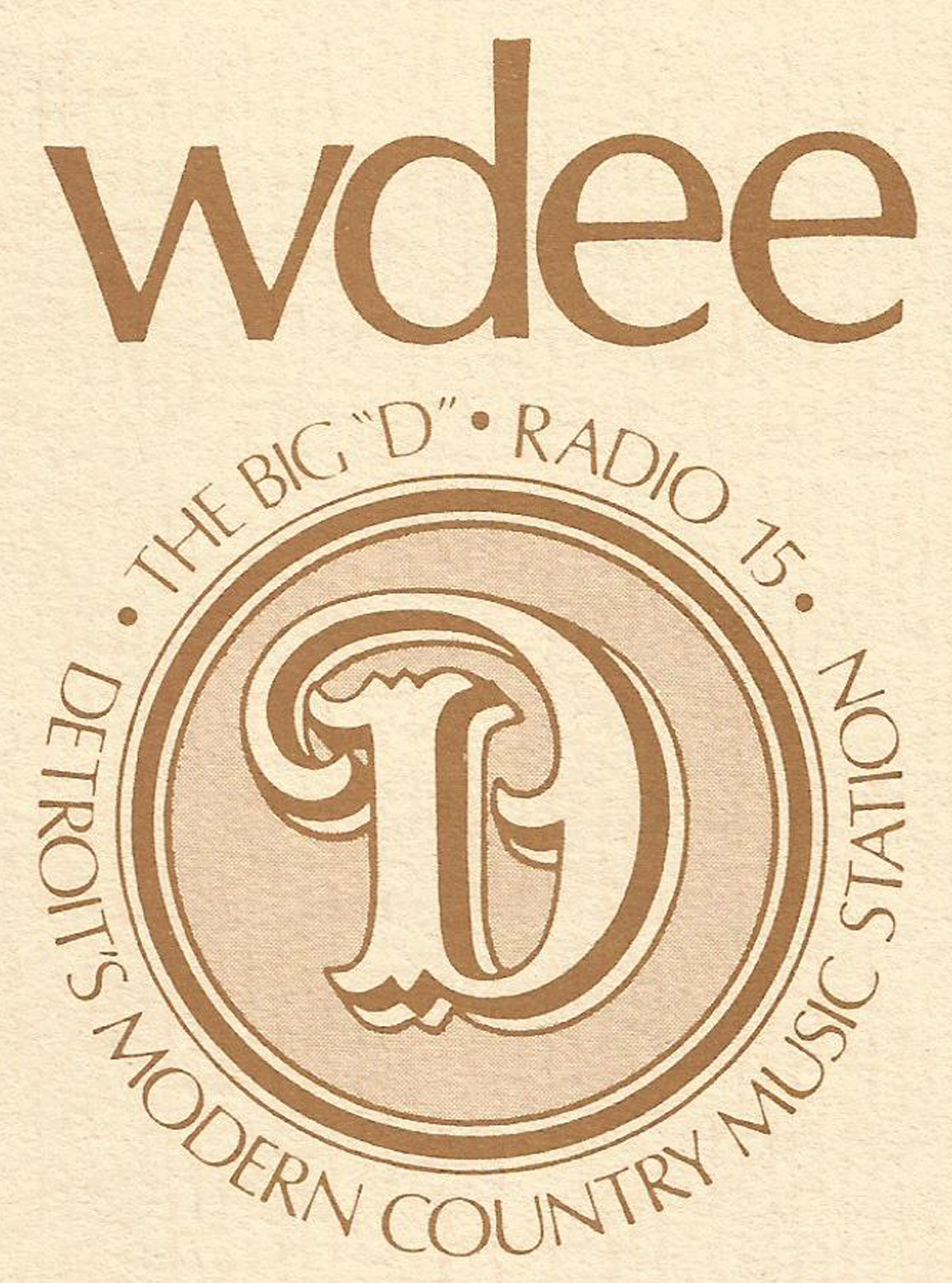
— In Memory of George Griggs —
___
Above WDEE music chart courtesy of Mrs. Patty Griggs and the George L. Griggs estate

![]()
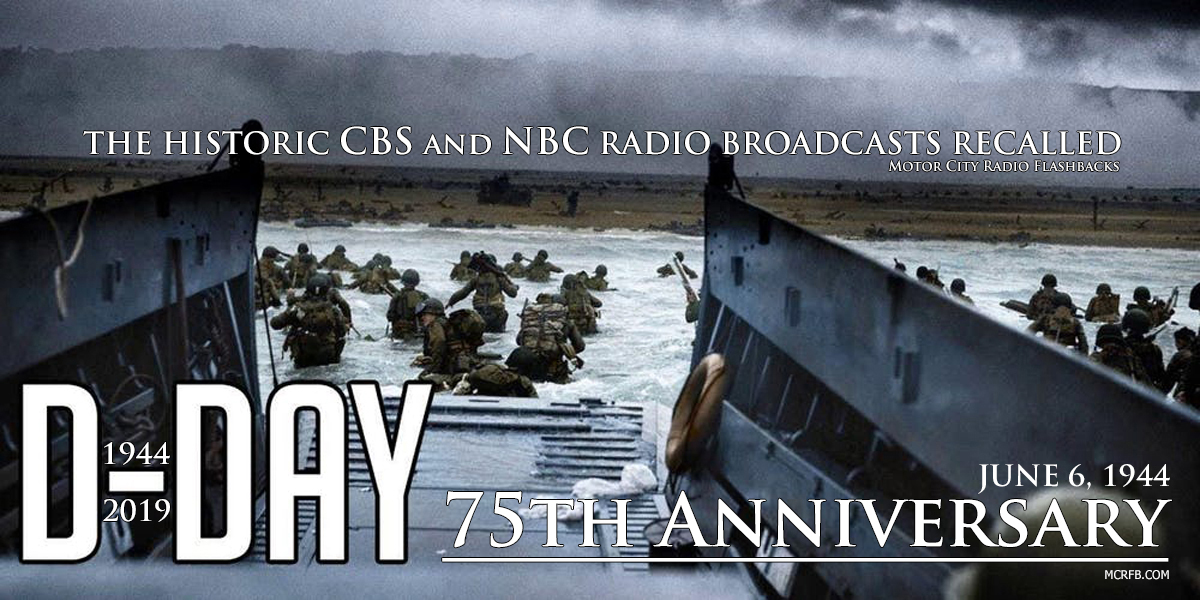

Normandy landings were the landing operations on Tuesday, 6 June 1944 of the Allied invasion of Normandy in Operation Overlord during World War II. Codenamed Operation Neptune and often referred to as D-Day, it was the largest seaborne invasion in history. The operation began the liberation of German-occupied France (and later Europe) from Nazi control, and laid the foundations of the Allied victory on the Western Front.
Planning for the operation began in 1943. In the months leading up to the invasion, the Allies conducted a substantial military deception, codenamed Operation Bodyguard, to mislead the Germans as to the date and location of the main Allied landings. The weather on D-Day was far from ideal and the operation had to be delayed 24 hours; a further postponement would have meant a delay of at least two weeks as the invasion planners had requirements for the phase of the moon, the tides, and the time of day that meant only a few days each month were deemed suitable. Adolf Hitler placed German Field Marshal Erwin Rommel in command of German forces and of developing fortifications along the Atlantic Wall in anticipation of an Allied invasion.
The amphibious landings were preceded by extensive aerial and naval bombardment and an airborne assault—the landing of 24,000 US, British, and Canadian airborne troops shortly after midnight. Allied infantry and armoured divisions began landing on the coast of France at 06:30. The target 50-mile (80 km) stretch of the Normandy coast was divided into five sectors: Utah, Omaha, Gold, Juno, and Sword. Strong winds blew the landing craft east of their intended positions, particularly at Utah and Omaha. The men landed under heavy fire from gun emplacements overlooking the beaches, and the shore was mined and covered with obstacles such as wooden stakes, metal tripods, and barbed wire, making the work of the beach-clearing teams difficult and dangerous. Casualties were heaviest at Omaha, with its high cliffs. At Gold, Juno, and Sword, several fortified towns were cleared in house-to-house fighting, and two major gun emplacements at Gold were disabled, using specialized tanks.
The Allies failed to achieve any of their goals on the first day. Carentan, St. Lô, and Bayeux remained in German hands, and Caen, a major objective, was not captured until 21 July. Only two of the beaches (Juno and Gold) were linked on the first day, and all five beachheads were not connected until 12 June; however, the operation gained a foothold which the Allies gradually expanded over the coming months. German casualties on D-Day have been estimated at 4,000 to 9,000 men. Allied casualties were at least 10,000, with 4,414 confirmed dead.
The Allies planned to launch the invasion on 1 May 1944. The initial draft of the plan was accepted at the Quebec Conference in August 1943. General Dwight D. Eisenhower was appointed commander of Supreme Headquarters Allied Expeditionary Force (SHAEF). General Bernard Montgomery was named as commander of the 21st Army Group, which comprised all land forces involved in the invasion. On 31 December 1943 Eisenhower and Montgomery first saw the plan, which proposed amphibious landings by three divisions with two more divisions in support. The two generals immediately insisted that the scale of the initial invasion be expanded to five divisions, with airborne descents by three additional divisions, to allow operations on a wider front and to speed the capture of Cherbourg. The need to acquire or produce extra landing craft for the expanded operation meant that the invasion had to be delayed to June. Eventually, thirty-nine Allied divisions would be committed to the Battle of Normandy: twenty-two US, twelve British, three Canadian, one Polish, and one French, totalling over a million troops all under overall British command.
The Normandy landings were the largest seaborne invasion in history, with nearly 5,000 landing and assault craft, 289 escort vessels, and 277 minesweepers participating. Nearly 160,000 troops crossed the English Channel on D-Day, with 875,000 men disembarking by the end of June. Allied casualties on the first day were at least 10,000, with 4,414 confirmed dead. The Germans lost 1,000 men. The Allied invasion plans had called for the capture of Carentan, St. Lô, Caen, and Bayeux on the first day, with all the beaches (other than Utah) linked with a front line 10 to 16 kilometres (6 to 10 mi) from the beaches; none of these objectives were achieved. The five beachheads were not connected until 12 June, by which time the Allies held a front around 97 kilometres (60 mi) long and 24 kilometres (15 mi) deep. Caen, a major objective, was still in German hands at the end of D-Day and would not be completely captured until 21 July. The Germans had ordered French civilians other than those deemed essential to the war effort to leave potential combat zones in Normandy. Civilian casualties on D-Day and D+1 are estimated at 3,000 people.
Source: see ‘D-Day’ (above article edited; condensed); Wikipedia
*****
In the early morning hours of June 6, 1944, the CBS and NBC radio networks in New York took control of the news on their respective affiliated stations nationwide — special bulletins and all-day broadcasting of the reported allied invasion off the northern coast of France.
In 1944 the CBS Detroit affiliate was WWJ. The NBC Detroit (Blue Network) affiliate was WXYZ.
These historic CBS (WWJ 950) and NBC (WXYZ 1270) broadcasts was heard in wartime Detroit on the radio — this day — 75 years ago.
Today, Motor City Radio Flashbacks highlights the first three hours (of 24 straight hours) of the D-Day radio broadcasts as was reported on CBS and NBC radio, Tuesday, June 6, 1944.

On your mobile device? Tap on above newspaper image. Open to second window. “Stretch” image across your device screen to magnify for largest print view.
On your PC? Click on the newspaper image 2x for largest print view.



![]()

*****
Live in Detroit is a double live album by the American rock band the Doors. It was recorded at the Cobo Arena in Detroit on May 8, 1970 during the band’s 1970 Roadhouse Blues Tour.
The concert is one of the longest live performances by the Doors. Among the 25 songs played the group played eight blues standards such as “Back Door Man”, Junior Parker‘s “Mystery Train” and “Crossroads” by Robert Johnson. The band were joined by Lovin’ Spoonful‘s John Sebastian on guitar and harmonica on the L.A. Woman track “Been Down So Long,” “Love Hides”, Chuck Berry‘s “Carol”, Muddy Waters‘ “Close to You,” and Slim Harpo‘s “I’m a King Bee.” The concert was originally scheduled to end before midnight but ran on until one in the morning. This late end, against union rules, saw the band banned from the Cobo Arena.
Live in Detroit was mixed and mastered by long-time Doors’ sound engineer/producer Bruce Botnick. He had recorded several shows from the Doors’ 1970 Roadhouse Blues Tour on multi-track tape for the Absolutely Live album released in July 1970.
The concert took place as the band were recording their last studio album, L.A. Woman.
(Source: Wikipedia; All Music and Discogs)
*****
‘Memories from the Soundtrack of Your Life‘


![]()


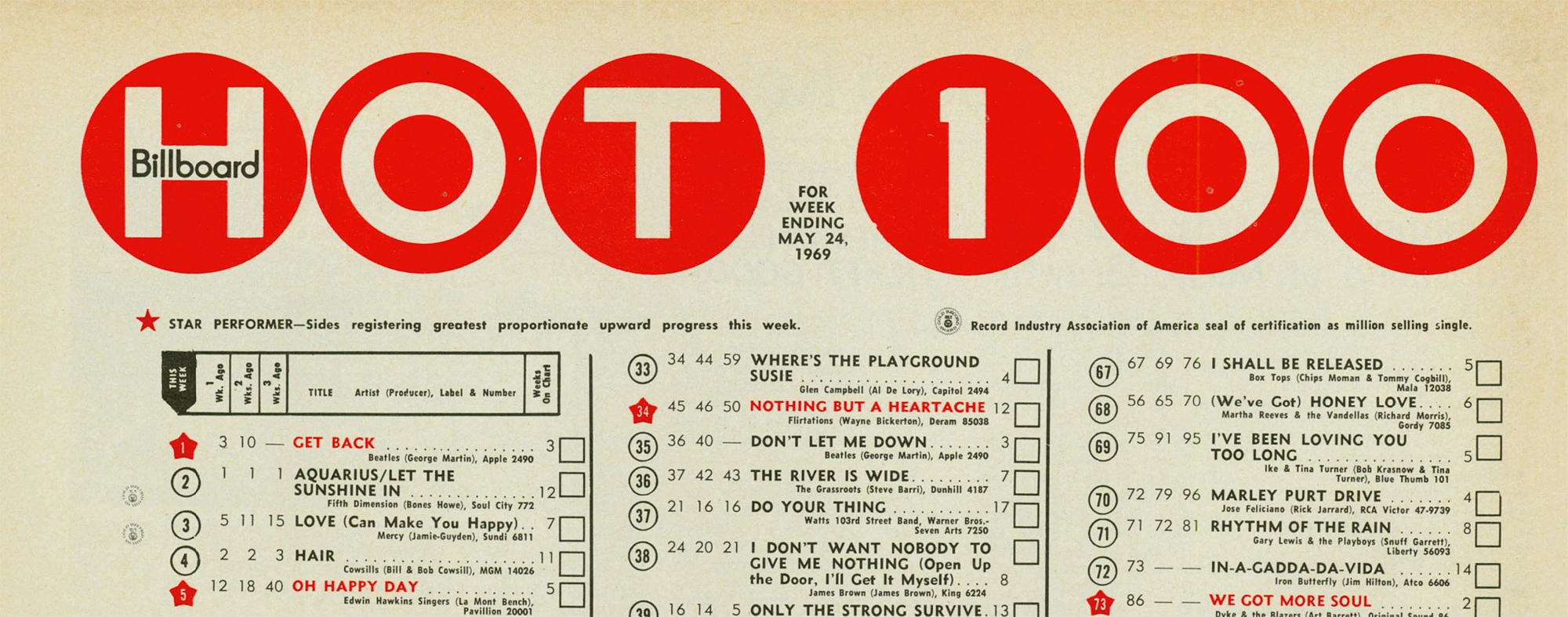
(Click on chart image 2x for detailed view)
___
TWELVE WEEKS on the singles chart, “Get Back” by the Beatles peaked this month at No. 01 (5 weeks) on the Billboard Hot 100. Week ending May 24 through June 21, 1969. (Source: Billboard)
___
MCRFB Link: For the previous No. 1 record in the U.S.A. 1969 GO HERE.
![]()
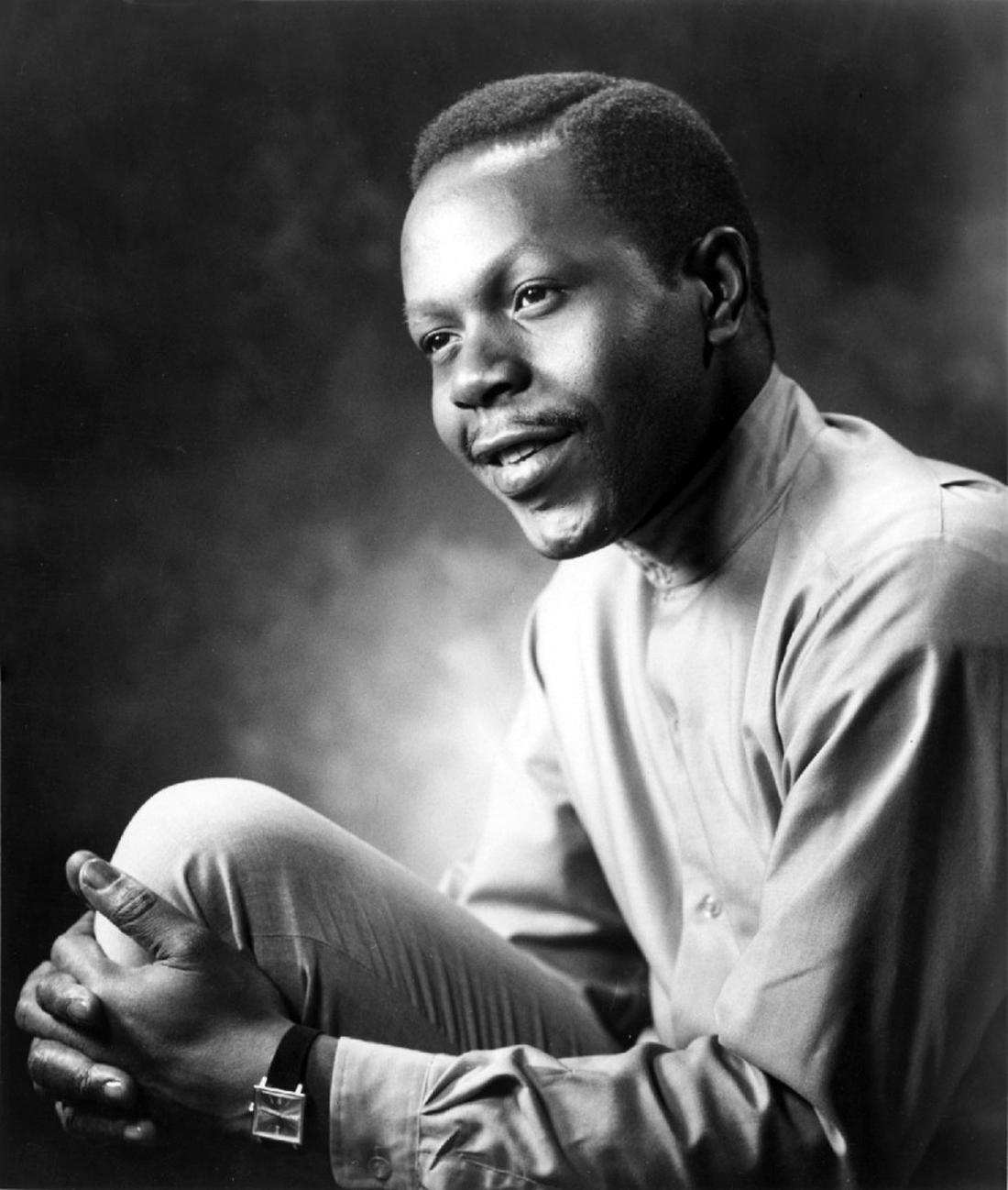
*****
Marv Earl Johnson (October 15, 1938 – May 16, 1993) was an American R&B and soul singer, notable for performing on the first record issued by Tamla Records, which later became Motown.
Johnson was born in Detroit, Michigan, in 1938. He began his career singing with a doo-wop group, the Serenaders, in the mid-1950s. With budding talents not only as a singer but also as a songwriter and pianist, he was discovered by Berry Gordy while Johnson performed at a carnival. Gordy had already decided to form his first record label, Tamla, and Johnson’s recording of their song “Come to Me” was the label’s first single, released in May 1959. The fledgling label did not have national distribution, so the song was released by United Artists. It reached number 30 on the Billboard Hot 100 chart. Johnson went on to co-write another four songs with Gordy. After he issued the first release for the Tamla (Motown) label, Johnson was signed by United Artists. He released three albums and several singles for UA but continued to record in Motown’s homegrown studios at Hitsville USA.
He then re-signed with Motown in 1964, writing and producing as well as recording. “Why Do You Want to Let Me Go” was his first Motown single after he rejoined the company, released by Motown’s Gordy subsidiary in May 1965. Johnson’s final US chart appearance was “I Miss You Baby (How I Miss You)”, which was a minor hit, reaching number 39 on the R&B chart in April 1966. His next release, “I’ll Pick a Rose for My Rose”, issued in 1968, failed to chart; it was his last American single.
Johnson died of a stroke on 16 May 1993, in Columbia, South Carolina, at the age of 54. He was interred at Woodlawn Cemetery in Detroit. His headstone reads “Motown Pioneer”.
(Source: Wikipedia; Marv Johnson)
![]()

Do you remember?
In 1985 the Coca Cola Co., after 99 years, decided to “reformulate”, rebrand and market their “new” Coke soda product.
Here is one of the company’s radio spots promoting the New! Coke brand. But it wouldn’t last long.
For more about the real New! Coke story, click on the year above when this Coke radio spot was heard playing on the radio, 1987.


![]()